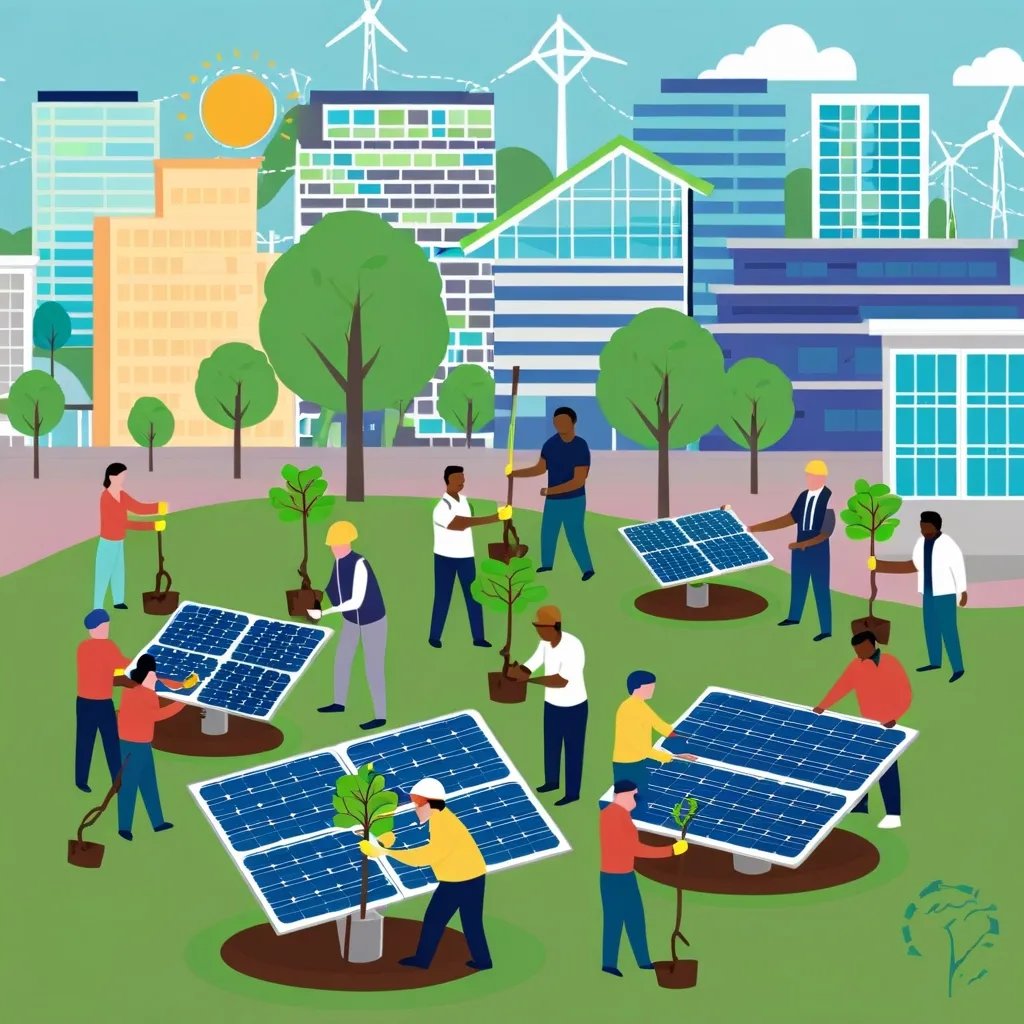When we think about optimizing our workspace for peak performance, we often focus on the physical aspects – the chair height, desk position, and lighting. However, there’s a more profound layer to consider: the mental workspace. This is where cognitive ergonomics comes into play, a field that delves into how our environment impacts our brain’s ability to think, decide, and perform.
Imagine your mind as a customizable workspace where you can arrange thoughts and tasks for maximum efficiency. This isn’t about traditional time management or productivity hacks; it’s about creating a mental environment that feels natural and effortless to navigate. By understanding how your brain processes different types of information, you can organize your mental space to reduce cognitive friction.
The Impact of Environment on Cognitive Performance
The environment around us plays a crucial role in our cognitive performance. For instance, air quality is often overlooked but is vital for clear thinking. High levels of carbon dioxide can lead to brain fog, drowsiness, and impaired cognitive function. A study showed that people working in environments with low ventilation and increased indoor air pollutants experienced a 50% reduction in cognitive performance compared to those in well-ventilated spaces. Ensuring good ventilation rates can significantly boost your mental clarity and productivity.
Lighting is another critical factor. Optimized daylight conditions can improve cognitive function by 10-25% compared to poor lighting. However, it’s not just about the quantity of light but also the quality. Different types of light, such as blue light, can interfere with our natural sleep cycles and affect our cognitive abilities during the day. Giving people control over their light levels can be beneficial, especially since one in five people is neurodiverse and may process external stimuli differently.
Temperature also has a significant impact. While men perform best at temperatures between 68-69 degrees Fahrenheit, women’s cognitive peak is between 70-72 degrees. This difference can make it challenging to find an optimal temperature for a mixed-gender workspace, but providing real-time readings and allowing employees to choose their preferred temperature can help.
Managing Noise and Distractions
Noise is a major distraction that can significantly reduce productivity. The average knowledge worker loses 28% of their day to unwelcome interruptions, which translates to a substantial loss in productivity. Contrary to popular belief, younger workers are not better at filtering out background noise; it’s more dependent on individual psychological profiles. Creating quiet spaces or using noise-cancelling headphones can help mitigate this issue.
Organizing Your Mental Space
Understanding how your brain processes information is key to organizing your mental space effectively. For some, complex problems become easier to solve when visualized as 3D structures. Others might find that linear tasks flow better when arranged chronologically. This approach helps you tap into your brain’s innate organizational preferences, making work feel less like a chore and more like a natural extension of your thought process.
For example, if you’re a visual thinker, using mind maps or diagrams can help you organize your thoughts more efficiently. If you’re more of a linear thinker, breaking down tasks into a step-by-step list might work better for you. The goal is to align your mental workspace with your cognitive strengths, turning your mind into a finely tuned instrument for tackling any challenge.
Reducing Cognitive Strain
Cognitive strain is a common issue in many workplaces, often caused by disruptions, interruptions, and information overload. Implementing cognitive ergonomic practices can help reduce these strains. For instance, designing jobs with appropriate complexity and providing adequate resources can balance the cognitive workload. User-friendly technology interfaces are also vital; they should be easy to use and minimize the risk of technical issues that can lead to stress and work interruptions.
Incorporating elements of nature into your workspace, known as biophilic design, can also support mental recovery and enhance cognitive functions. Exposure to natural environments during work can positively affect health markers such as blood pressure and stress levels, fostering a healthier and more productive workforce.
The Role of Technology and Training
Technology plays a significant role in cognitive ergonomics. Ensuring that technology interfaces are user-friendly and intuitive can reduce cognitive strain. However, it’s also important to prepare for potential technical breakdowns and have quick resolution mechanisms in place to mitigate stress and work interruptions.
Continuous learning and development opportunities are essential for maintaining cognitive performance. Providing clear instructions and comprehensive training can reduce the likelihood of errors, speed up reaction times, and flatten learning curves, thereby improving overall well-being.
Group Dynamics and Cognitive Diversity
A harmonious work environment with positive group dynamics and cognitive diversity can foster innovative problem-solving and enhance motivation. Conversely, toxic environments can detract from employee engagement and productivity. Encouraging open communication and respecting different cognitive profiles can create a more inclusive and productive workspace.
Practical Strategies for Enhancing Cognitive Ergonomics
So, how can you apply these principles in your daily life? Here are a few practical strategies:
- Optimize Your Workspace: Ensure your workspace has good ventilation, optimal lighting, and a comfortable temperature. These physical adjustments can significantly impact your cognitive performance.
- Minimize Distractions: Use tools like noise-cancelling headphones or find quiet spaces to work. This can help you focus better and reduce cognitive strain.
- Visualize Your Tasks: If you’re a visual thinker, use diagrams or mind maps to organize your thoughts. If you’re more linear, use lists or calendars.
- Incorporate Nature: Add some plants or natural elements to your workspace. This can help in reducing stress and improving cognitive functions.
- Stay Organized: Use technology to your advantage but ensure it’s user-friendly. Regularly clean up your digital workspace to avoid information overload.
The Future of Cognitive Ergonomics
As we move forward, the importance of cognitive ergonomics will only grow. With more people working in knowledge-intensive jobs, the need to optimize mental workspaces becomes paramount. By understanding how our brains process information and designing our environments accordingly, we can create workspaces that are not just comfortable but also highly productive.
In essence, cognitive ergonomics is about aligning your mental workspace with your cognitive strengths. It’s not about pushing harder or working longer hours; it’s about working smarter and more efficiently. By applying these principles, you can turn your mind into a finely tuned instrument, ready to tackle any challenge that comes your way.
In today’s fast-paced world, where mental clarity and productivity are more crucial than ever, embracing cognitive ergonomics can be a game-changer. It’s time to think beyond the physical workspace and delve into the mental environment that drives our performance. By doing so, we can create a work life that is not just productive but also fulfilling and enjoyable.






